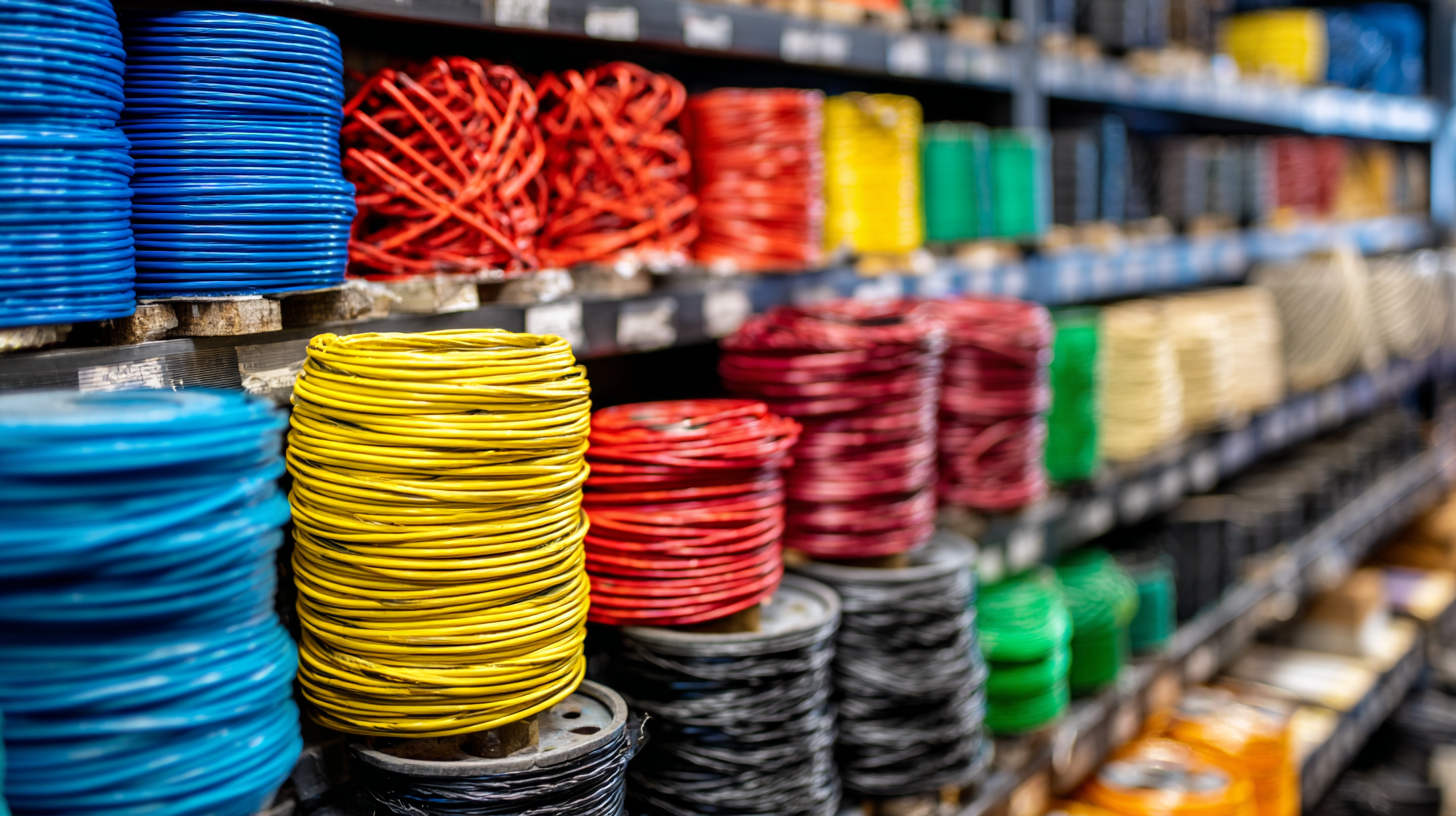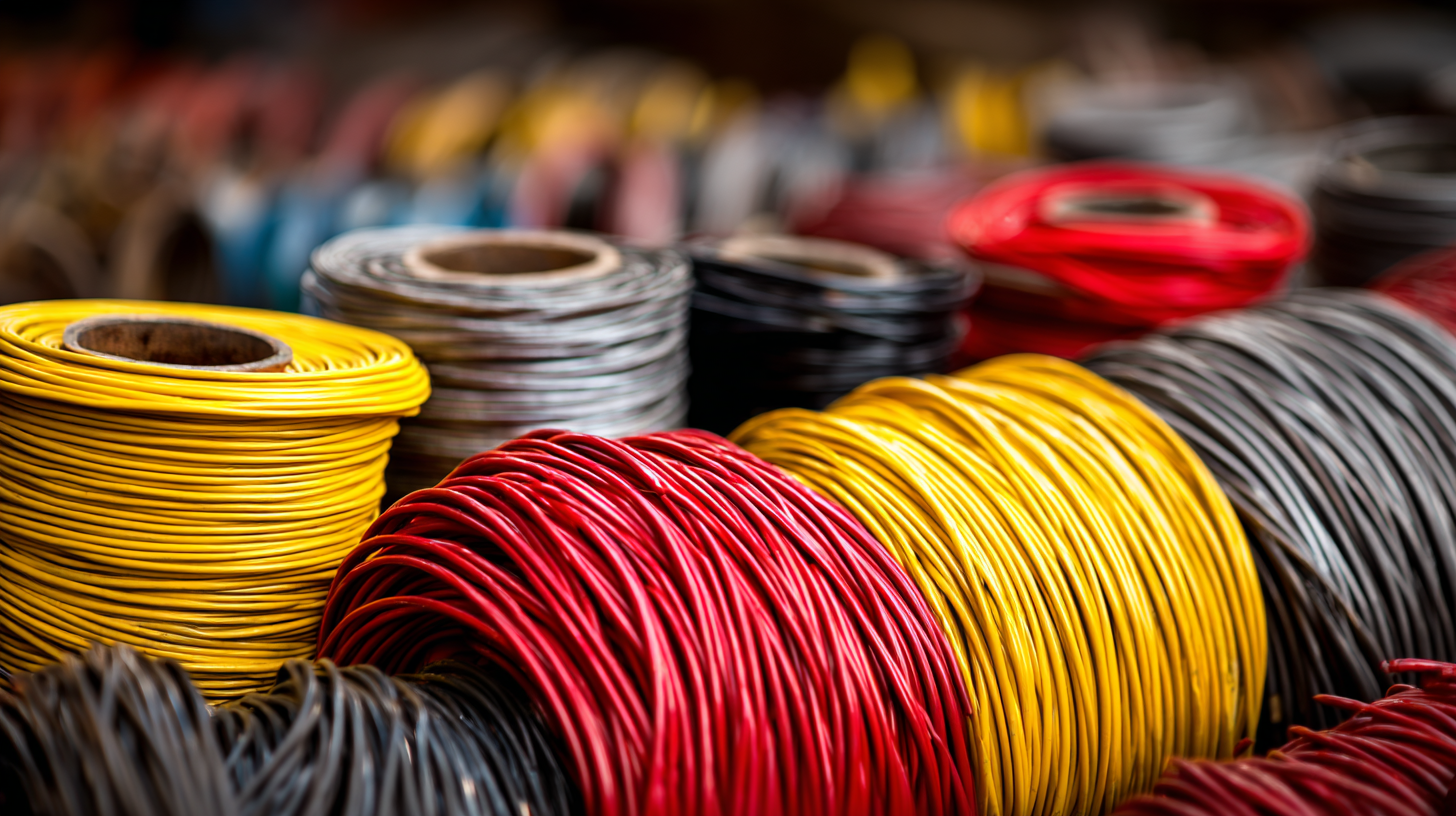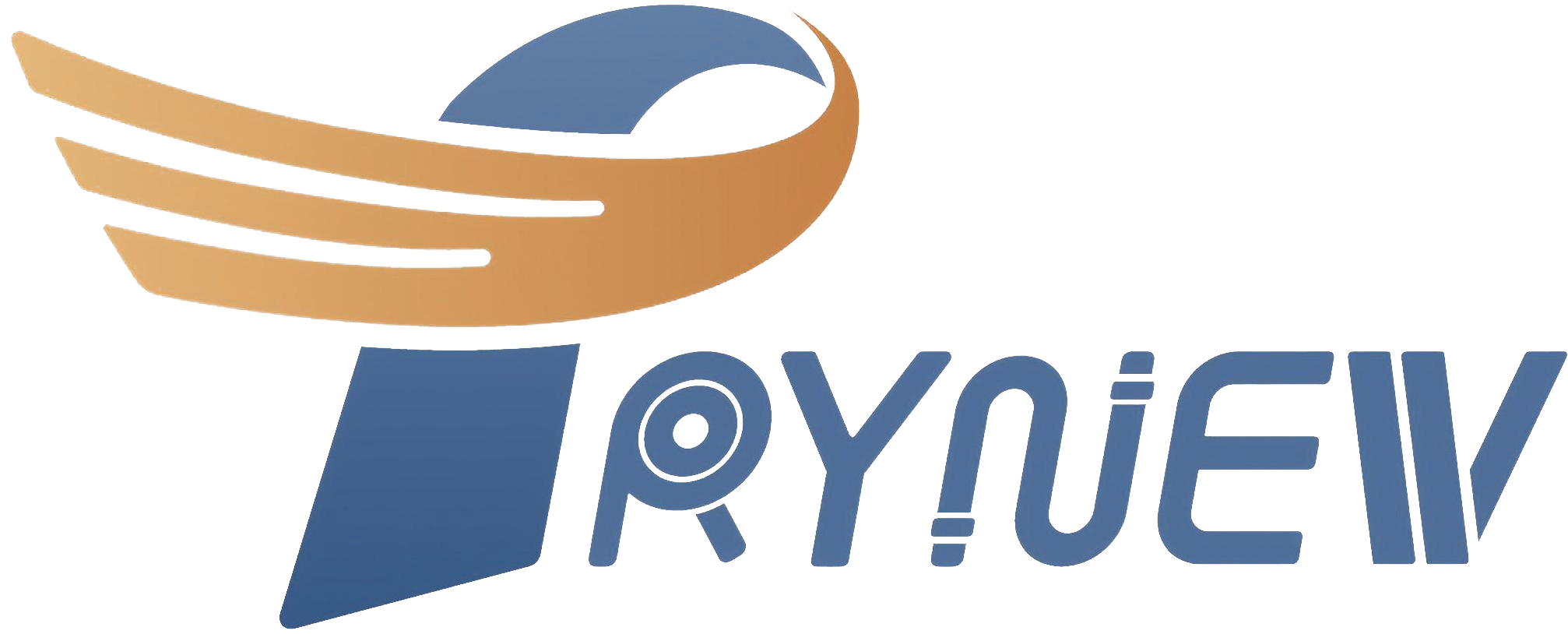In the rapidly evolving electrical sector, the importance of sourcing the right electrical wire cannot be overstated. According to recent industry reports, electrical wire accounts for approximately 25% of a typical electrical contractor's material costs, highlighting its significant role in project budgets and overall safety. With the global market for electrical wiring projected to reach $248.4 billion by 2025, businesses must prioritize effective sourcing strategies to ensure compliance with safety standards and performance expectations. This blog will provide an essential checklist to guide businesses in selecting the best electrical wire to meet their operational needs, focusing on crucial elements such as wire material, gauge, insulation type, and certification standards that guarantee reliability and performance in any application.

As we progress into 2025, the electrical wire industry is witnessing exciting innovations that emphasize sustainability and performance. One notable trend is the increasing reliance on recyclable materials in wire production. Manufacturers are now utilizing materials such as aluminum and copper that can be recycled multiple times without losing their electrical properties. This shift not only reduces waste but also lowers the overall carbon footprint of electrical installations.

Another significant innovation is the development of hybrid wires that combine traditional materials with advanced polymers. These hybrids offer enhanced flexibility and resistance to environmental stressors, making them suitable for both indoor and outdoor applications. Additionally, improved insulation techniques are helping to minimize energy loss, further promoting efficiency in electrical systems. As businesses assess their electrical wire needs, considering these trending materials will not only align with sustainability goals but will also enhance the durability and reliability of their electrical networks.
When sourcing electrical wire for your business, understanding key industry standards is crucial to ensure safety, efficiency, and compliance. First and foremost, familiarize yourself with the National Electrical Code (NEC), a set of regulations that dictates the proper installation of electrical wiring in the United States. Adhering to the NEC not only guarantees that your installations meet the minimum safety requirements but also protects against potential legal issues and liabilities.
Another critical standard to consider is the American Society for Testing and Materials (ASTM) specifications. ASTM provides guidelines on material quality and performance standards, ensuring that the electrical wire you choose can withstand the conditions it will face in your specific application.
Look for wires with certifications from recognized bodies like Underwriters Laboratories (UL) or the Canadian Standards Association (CSA), as these certifications further validate the quality and reliability of the product. By making informed decisions based on industry standards, you can effectively source the best electrical wire tailored to your business needs while prioritizing safety and compliance.
When selecting electrical wire for business needs, understanding wire gauge and insulation types is vital for ensuring safety and reliability. The American Wire Gauge (AWG) system indicates the diameter of the wire, which directly impacts its current-carrying capacity. For example, a 12 AWG wire can safely handle up to 20 amps, while a 14 AWG wire is only rated for 15 amps. Selecting a wire with an appropriate gauge is crucial to prevent overheating and potential fire hazards, as indicated by data from the National Fire Protection Association, which reported that electrical fires accounted for an estimated 47,700 incidents annually, resulting in significant property damage.

Alongside gauge, insulation type plays a pivotal role in wire safety. Insulation materials such as PVC, THHN, and XLPE offer varying levels of heat resistance and chemical exposure protection. According to a report by the Institute of Electrical and Electronics Engineers (IEEE), the choice of insulation can affect both the longevity of electrical installations and the overall safety of electrical systems. For instance, THHN wire, suitable for both dry and damp locations, is favored for its heat resistance (up to 90°C) and versatility in various applications, making it an ideal choice for businesses looking to optimize safety and performance in their electrical setups.
When analyzing the cost-effectiveness of sourcing electrical wires for business needs, bulk buying often presents a significant advantage over standard sourcing methods. According to recent market reports, the electrical wire enamel market is witnessing substantial growth, driven by the rising demand for various types of insulated wires, including polyurethane and polyester enamel wires. As the global market for electrical components expands, with projections suggesting a shift from an estimated $206.9 billion in 2023 to $320.37 billion by 2032, businesses are increasingly focusing on optimizing their supply chain strategies.
Bulk purchasing not only allows businesses to take advantage of economies of scale, but it also secures the supply of materials in a competitive market. For example, the U.S. utility poles market, valued at $7.18 billion in 2023, is projected to grow to $11.93 billion by 2032. This upward trend underscores the importance of establishing reliable sourcing channels. By committing to bulk orders, companies can mitigate risks associated with fluctuating prices and ensure a consistent supply of vital components needed for project execution and operational efficiency. Thus, the decision to buy in bulk versus standard sourcing can significantly influence financial outcomes and supply chain resilience in the ever-evolving electrical wire industry.
The electrical wire manufacturing industry is on the brink of significant transformation, driven by emerging technologies that promise to enhance efficiency and sustainability. According to a report by MarketsandMarkets, the global market for electrical wires and cables is projected to reach $293 billion by 2027, growing at a CAGR of 5.9% from 2022. This growth is largely fueled by advancements in materials and manufacturing processes, including innovations in insulation technologies and the use of greener raw materials, which are becoming crucial in addressing environmental concerns.
One notable development is the rise of smart wires, which integrate sensors to provide real-time data on electrical usage and system performance. This not only aids in optimizing energy consumption but also enhances safety protocols within electrical networks. Additionally, the adoption of automation and artificial intelligence in the production of electrical wires is streamlining manufacturing processes, reducing waste, and improving product quality. The International Electrotechnical Commission (IEC) has highlighted that these innovations are essential for meeting the increasing demand for reliable and efficient electrical infrastructure, especially as industries transition to renewable energy sources and smart grid technologies. As we look to the future, businesses must stay informed about these trends to source electrical wire solutions that align with their operational needs and sustainability goals.
| Parameter | Description | Significance | Emerging Technology Impact |
|---|---|---|---|
| Conductor Material | Copper vs. Aluminum | Conductivity and cost efficiency | Advancements in alloy compositions |
| Insulation Type | PVC, XLPE, Rubber | Temperature and chemical resistance | New environmentally friendly materials |
| Voltage Rating | Low vs. high voltage | Safety and application suitability | Emergence of high-capacity designs |
| Wire Gauge | AWG ratings | Current carrying capacity | Miniaturization trends in wire technologies |
| Environmental Impact | Recyclability and sustainability | Regulatory compliance | Innovations in green manufacturing processes |
| Certification Standards | UL, IEC, RoHS | Assurance of quality and safety | Changes in global compliance expectations |
